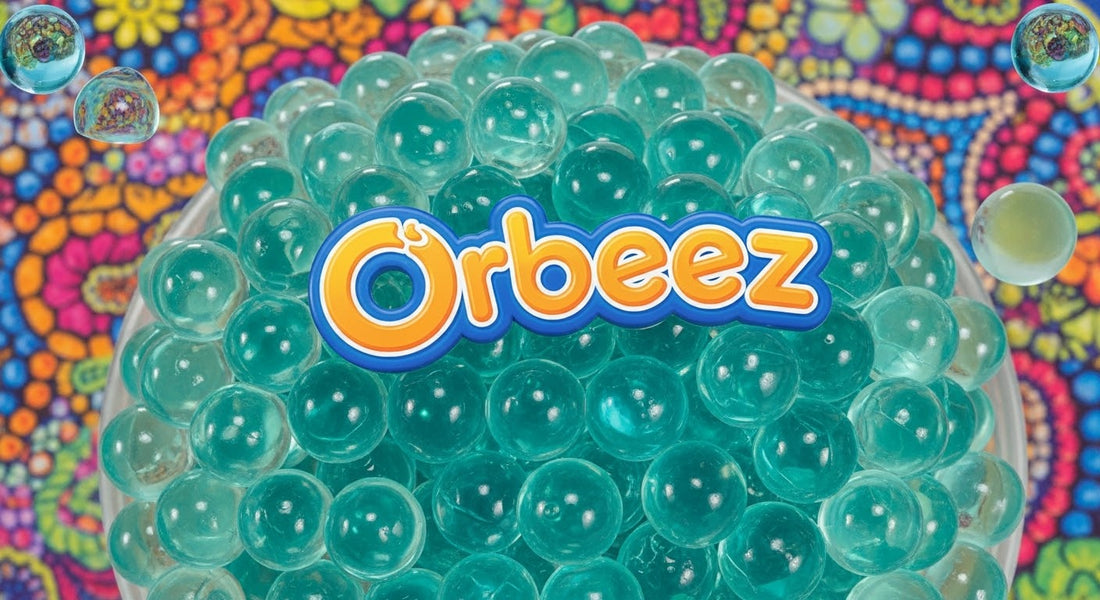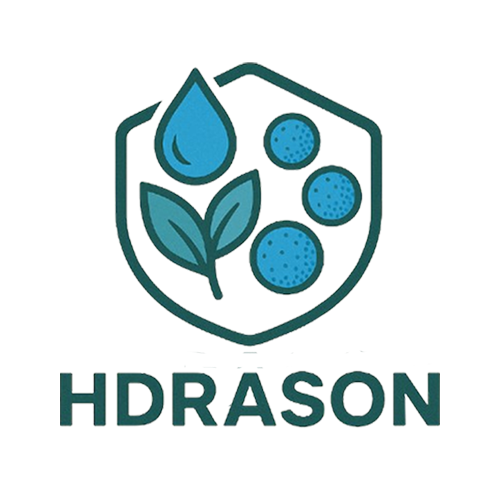
Orbeez water beads: eco-friendly alternatives
Share
📑 Table of Contents
- 1. Orbeez: Popularity vs. Environmental Cost
- 2. Sensory Science Behind Orbeez—And Why We Need Safer Materials
- 3. Biobeads: Nature’s Answer to Sensory Play
- 4. Managing Expectations with Natural Alternativess
- 5. Sustainable Innovation: Beyond Biodegradability
- 6. Hdrason’s Role in Sustainable Sensory Play
- 7. The Future of Conscious Play: What Comes Next
- 8. Conclusion: Play Can Be Both Fun and Green
Introduction
Orbeez water beads have captivated millions with their squishy texture, vibrant colors, and mesmerizing expansion. Kids love them for sensory bins, educators use them for hands-on learning, and crafters embrace them for decor. Yet behind their playful allure lies a growing environmental crisis—one that brands like Hdrason are working to solve with sustainable innovations and nature-inspired alternatives. In this guide, we’ll explore why traditional Orbeez harm the planet, break down the science of their sensory appeal, and unveil eco-friendly options that match (or exceed) the fun—without the guilt.

1. Orbeez: Popularity vs. Environmental Cost
-
Microplastic Pollution: Traditional Orbeez are made from synthetic polymers (primarily polyacrylic acid), which don’t biodegrade. When discarded, they break into microplastics—tiny particles that infiltrate oceans, soil, and even the food chain. A 2022 study found microplastics in 80% of marine mammals, with synthetic water beads cited as a contributing factor.
-
Wildlife Dangers: Animals mistake Orbeez for food or water sources. Birds, fish, and small mammals can choke on them or suffer intestinal blockages. In 2021, a rescue center in California treated a seagull with dozens of undigested water beads in its stomach.
-
Regulatory Pressure: As eco-awareness surges, governments are taking action. The EU’s proposed ban on microplastics in consumer goods and the U.S. EPA’s push for plastic waste reduction make traditional Orbeez increasingly untenable. Consumers now demand solutions that align with their climate goals.

2. Sensory Science Behind Orbeez—And Why We Need Safer Materials
The Sensory Triad: Texture, Color, Elasticity
- Texture: When hydrated, they’re soft yet bouncy—firm enough to roll between fingers, squish without bursting, and retain shape.
- Color: Vivid, uniform dyes create visually striking bins or decor, stimulating curiosity.
- Elasticity: Their ability to expand 10–15x in water and spring back after pressure adds a “magical” feel.
The Problematic Chemistry of Traditional Orbeez
Shifting to Safer Sensory Experiences
- Absorb water to create a squishy texture.
- Display vibrant, stable colors.
- They are derived from renewable, biodegradable sources.
3. Biobeads: Nature’s Answer to Sensory Play
1. Tapioca Pearls (Cassava Beads)
- Boil ½ cup tapioca pearls in 4 cups of water for 15 minutes.
- Remove from heat, let cool, then strain.
- Add food coloring (natural dyes like beet juice or turmeric work) and let sit 30 minutes.
- Rinse and use in sensory bins.
Cons: Less elastic than Orbeez, and color fades faster (2–3 days vs. weeks).
2. Chia Seeds
- Mix ¼ cup chia seeds with 2 cups of water and a few drops of food coloring.
- Let it sit for 2 hours, stirring occasionally.
- Drain excess water and fluff with a fork.
Cons: Smaller size (3–5mm when hydrated) and less vibrant color.
3. Dehydrated Fruit Chips
- Slice fruit into ¼-inch pieces and dehydrate at 135°F for 8–12 hours (or use an oven on low).
- Soak dried slices in water for 1–2 hours until plump.
- Cut into small cubes or use whole for larger sensory pieces.
Cons: Breaks down faster (1–2 days), and texture is softer (less bounce).

4. Managing Expectations with Natural Alternativess
Natural biobeads won’t perfectly replicate Orbeez’s elasticity or longevity—and that’s okay. Their value lies in safety and sustainability. They’re ideal for short-term play (like a weekend activity) or educational demos, where kids can learn about plant science while playing.
5. Sustainable Innovation: Beyond Biodegradability
1. Algae-Based Polymers
2. Cellulose-Derived Beads
3. Upcycled Materials

6. Hdrason’s Role in Sustainable Sensory Play
- Investing in R&D for plant-based polymers that match Orbeez’s performance.
- Launching a “Recycle Your Beads” program, where used eco-beads are collected and composted.
- Educating consumers via social media on how to transition to sustainable play.

7. The Future of Conscious Play: What Comes Next
1. Choose the Right Alternative for Your Needs
- For Toddlers/Edible Play: Tapioca pearls or chia seeds (safe if ingested).
- For Long-Lasting Decor/Classrooms: Algae or cellulose-based eco-beads (from brands like Hdrason’s upcoming lines).
- For DIY Fun: Dehydrated fruit chips or kitchen staples.
2. Take Action Today
- Recycle Responsibly: If using traditional Orbeez, never flush them or toss them outdoors. Seal in a bag and dispose of in the trash (until compostable options are universal).
- Advocate for Change: Ask toy brands to prioritize biodegradable materials. Support legislation banning microplastics in toys.
- Share Your Ideas: Post DIY biobead recipes on social media with #SustainableSensoryPlay to inspire others.
3. Teach Kids About Eco-Consciousness
8. Conclusion: Play Can Be Both Fun and Green
Next article: Hdrason Gel Blaster Water Beads Scientific Recycling Guide
